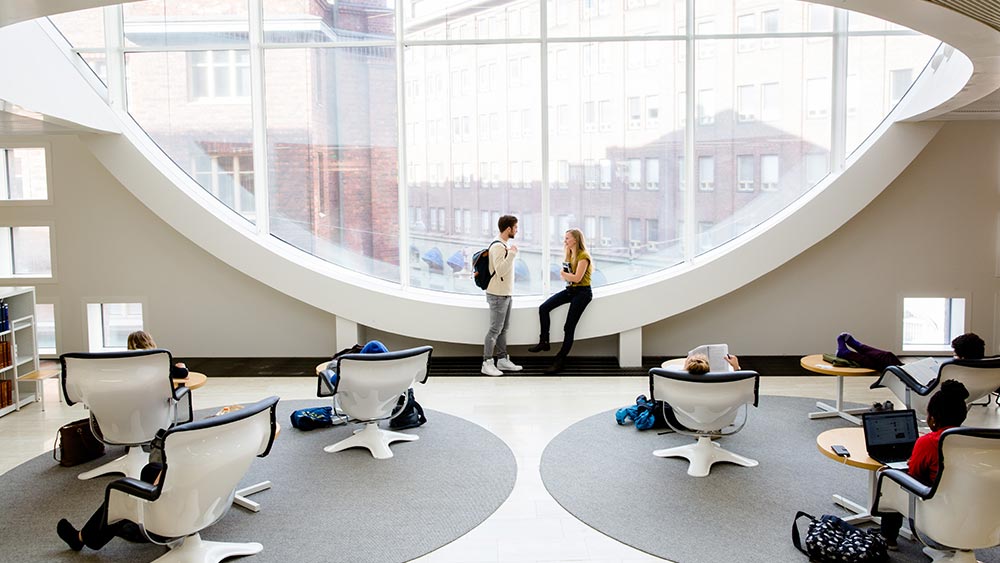More equality and parity in higher education deemed important – accessibility plan for higher education Webinar attended by 360 participants

The overall level of education in Finland needs to be raised. In the context of higher education, the aim is to raise the percentage of higher education graduates from the current 41% to 50% of all 25 to 34-year-olds by 2030. Does Finnish higher education offer equality and non-discrimination to everyone and do higher education institutions respond adequately to the needs of different students?
These are a couple of the many questions to which answers were sought at the Webinar on 10 November, which is part of ongoing work to draw up an accessibility plan for higher education.
The event included speeches by researchers and experts as well as a panel discussion. The Webinar produced useful material for establishing an overall picture of the situation, and it will be used in the forthcoming situation awareness assessment. Following this, recommendations will be made on the necessary measures. Clear targets that can be measured that can make it easier for underrepresented groups to access education and graduate will also be introduced.
According to Minister of Science and Culture Annika Saarikko, who spoke at the Webinar, education is an important institution for generating equality in Finland.
“We are proud in Finland that we have succeeded in creating high-quality education that is free of charge. In principle, there are opportunities for everyone to study. Unfortunately, however, inequalities in education exist in the sense opportunities to study are not equal for people to study the extent that they actually want to,” Minister Saarikko said.
Harnessing the full potential of the population
The speeches held during the Webinar focused on how social, regional and linguistic equality and non-discrimination are realised in higher education, as well as on possible obstacles for different minority groups to apply to higher education institutions.
The question that was posed was whether higher education comes across in a similar way to everyone and whether it is equally accessible to people such as immigrants, those of a foreign background, the Roma, the Saami, learners with special needs, people with disabilities or those who belong to sexual and gender minorities.
“I consider it very important that the policies in education and culture guarantee everyone, regardless of their family background, gender and wealth, equal opportunities and rights to schooling and learning, high-quality education that is free of charge, and the conditions for full citizenship,” Minister Saarikko said.
Focus on transition phases
When examining accessibility in higher education, the key phases are the student admissions phase and the selection for studies phase, the progress in studies phase and the employment after graduation phase. The groundwork for these is built during the pathways of growth and learning that precede higher education; in other words in early childhood education and pre-primary education as well as in primary and secondary education.
As far as university studies are concerned, the transition phase from comprehensive school to secondary education is significant. Another important phase is the transition from secondary education to higher education. The educational pathways of young people take a different course based on the socio-economic status of the family. Students in general upper secondary school tend to come from families with parents who are salaried employees, highly educated and high-income earners. A direct pathway from vocational education to university is rare.
Inquiries
Tapio Kosunen, Senior Specialist, Rapporteur, tel. +358 295 330 440

